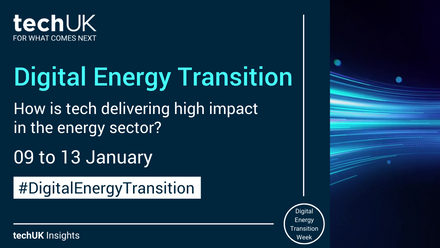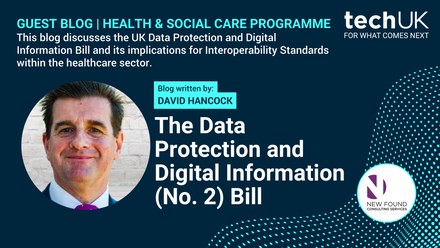Biodiversity net gain: Making biodiversity markets work with technology (Guest blog from Gemserv)
From 2023, the Department for Environment, Food and Rural Affairs (Defra) will require all new developments to include a 10% net gain in biodiversity compared to the baseline biodiversity of the site, supporting the UK’s goal to be Net Zero by 2050 and leaving the planet in a better state for future generations.
To ensure developments can demonstrate compliance with the biodiversity net gain target, government has proposed a three-tier approach. First, the developer can demonstrate that they have produced a 10% biodiversity net gain on the site itself. Second, the developer can deliver an offsite benefit of 10% biodiversity net gain, and third, the developer can purchase statutory biodiversity credits.
Biodiversity credits – How to make new markets work?
The basic concept of biodiversity credits is that the purchase of the credits by the developer funds the production and maintenance of the biodiversity site. This creates a market for farmers and landowners to proactively create biodiversity sites to sell biodiversity credits to property developers who require them to meet their development’s net gain target or the UK government reinvesting statutory credits.
New markets require robust and clear regulation and governance to deliver confidence, certainty and stability to suppliers and consumers. Making the biodiversity market work will entail creating clear supporting infrastructure to support the development of the market.
Supporting biodiversity markets with tech
Getting this infrastructure right is a complex process. Tech has a crucial role to play throughout the policy life cycle. One of the most interesting elements of this from a tech perspective is the biodiversity gain site register. It will provide critical information about any site that is being used to deliver biodiversity net-gain (BNG.) The register will publish the baseline biodiversity value of the delivery site and the expected future biodiversity value of that site. The register will also contain information about who owns the site, and it will enable such sites to be traced back to the individual development whose BNG requirement they are helping to fulfil.
More widely, tech has an important role to play in supporting biodiversity markets and biodiversity net gain. This can be done throughout the biodiversity net gain policy lifecycle. The first way is through mapping biodiversity. The site register could helpfully be supplemented by tech entrepreneurs providing innovative tools for mapping biodiversity. This could be achieved by combining databases and platforms to create richer and more detailed information covering climate, landscape structures and species diversity to help developers and landowners to identify the most productive and beneficial sites for providing net gain. Image-recognition algorithms can be applied to pictures of species to automate identification, citizen scientists, armed with smartphones, can collect data used to build huge repositories of observations and remote sound sensors can be used with AI have been used to identify bat populations.
Tech also has the potential to support the monitoring of biodiversity net gain. Sites must be secured for 30 years and demonstrate a net gain of 10% from the baseline biodiversity of the site as set out in a biodiversity gain plan, that will be the condition for the development. Tech can reduce the costs of monitoring progress against the plans and supporting enforcement and compliance remotely through using satellite imagery, camera traps and drones to record changes and impacts of policy, with minimal disruption to habitats and species.
Gemserv has experience of using tech driven databases to support the development of new markets. The Microgeneration Certification Scheme (MCS) is a certification scheme for small scale, low carbon electricity microgeneration technologies and was launched back in the late 2000s. In 2010 Gemserv supported the implementation of the requirement to register installers and installations on the MCS installation database (MID) as a condition for Feed in Tariffs payments for electricity generated. The MID kept a record of all registrations and MCS certificates to underpin the programme, as evidence for financial incentives. The scheme was a huge success, promoting consumer confidence in the market low carbon technologies, registering nearly 1 million installations.
Will tech do the same for biodiversity markets?
techUK - Committed to Climate Action
techUK provides opportunities for members to showcase climate tech innovation. Members are invited to speak at events, contribute to reports, write blogs, run webinars, and take part in podcasts that support their environmental action. We strive to amplify the sector’s commitment to sustainability. To discuss how we can support you, please visit our Climate Action Hub and click ‘contact us’.








